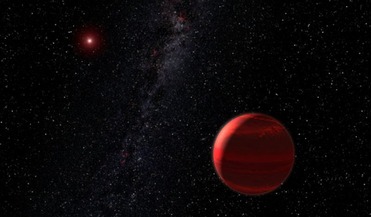 03 February 2020
Researchers discover "invisible" stars too dim to be seen
03 February 2020
Researchers discover "invisible" stars too dim to be seen
... Milky Way say the researchers who found it. Since beginning science operations in 2014, ESA’s Gaia space observatory has been on a mission to collect high-precision astrometric data, that is, positions, proper motions, and parallaxes, of around one...
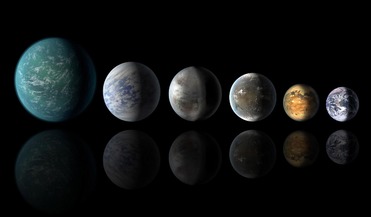 20 August 2018
Galaxy should be teeming with water-worlds say researchers
20 August 2018
Galaxy should be teeming with water-worlds say researchers
...Kepler, which has found, along with its extended K2 mission, around 2700 confirmed planets and around the same figure...has yet to be confirmed). Now though, the Gaia satellite has upped the stakes in the mission to find habitable worlds, as it has been...
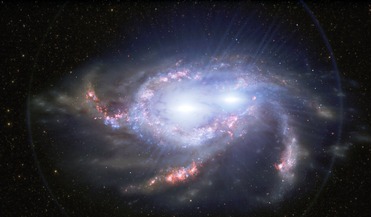 07 April 2021
Astronomers find a rare pair of double quasars in the early Universe
07 April 2021
Astronomers find a rare pair of double quasars in the early Universe
... made. From this list Shen and colleagues then used observations from the European Space Agency’s Gaia spacecraft to identify four potential quasar pairs, that were narrowed down to two pairs with the help...
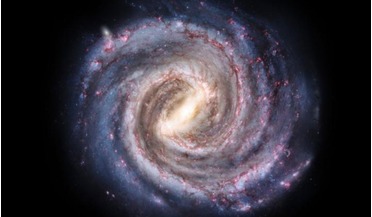 18 June 2021
The spin of the Milky Way's galactic bar has slowed by a quarter, say researchers
18 June 2021
The spin of the Milky Way's galactic bar has slowed by a quarter, say researchers
... in heavier elements, called metals in astronomy, compared to stars in the outer galaxy. Then, using data collected by the Gaia space telescope, Chiba and colleague Ralph Schoenrich at the University College London, followed the motion of these...
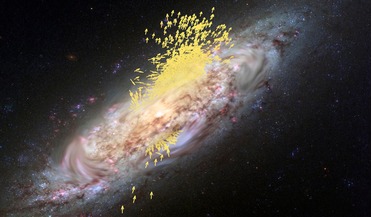 02 November 2018
Scientists unravel the formation history of the Milky Way
02 November 2018
Scientists unravel the formation history of the Milky Way
...information from the second data release of the Gaia mission, scientists have been able to rewind the..., who, after looking at the motions of seven million stars in the Gaia data, found that 30, 000 of them were behaving rather oddly. Instead ...
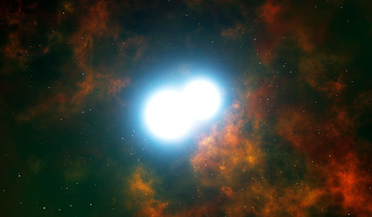 02 May 2018
Astronomers spot fastest stars in the galaxy with Gaia
02 May 2018
Astronomers spot fastest stars in the galaxy with Gaia
... the second data release from the Gaia mission is already revealing some interesting information ...known stars in the Milky Way. Just last week, mission specialists behind ESA’s Gaia satellite announced the unveiling of information on over 1.6 billion ...